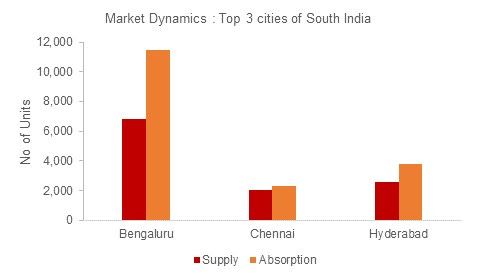
 Anuj Puri, Chairman – ANAROCK Property Consultants
Anuj Puri, Chairman – ANAROCK Property Consultants
The Union Cabinet’s amendment to the Insolvency and Bankruptcy Code now effectively treats homebuyers as financial creditors and comes as a massive relief to them.
Residential property buyers are now effectively considered at par with banks and other institutional creditors when it comes to recovering dues from real estate developers who have gone bankrupt.
However, it needs to be seen how the resolution mechanism for claiming the dues actually falls in place for the concerned homebuyers. In fact, to be truly relevant, the entire implementation process needs to be clarified to homebuyers.
They need to know how exactly they will be represented in the creditors’ committee – in other words, whether the NCLT will appoint a resolution professional to represent their rights and interests.
That said, this amendment will certainly go a considerable way in bringing more transparency into the overall funding of projects across the country. With homebuyers now getting the opportunity to claim their dues from builders, there is an even stronger burden on developers to deliver on time.
We will now see builders become more cautious while taking funds from financial institutions and banks,









